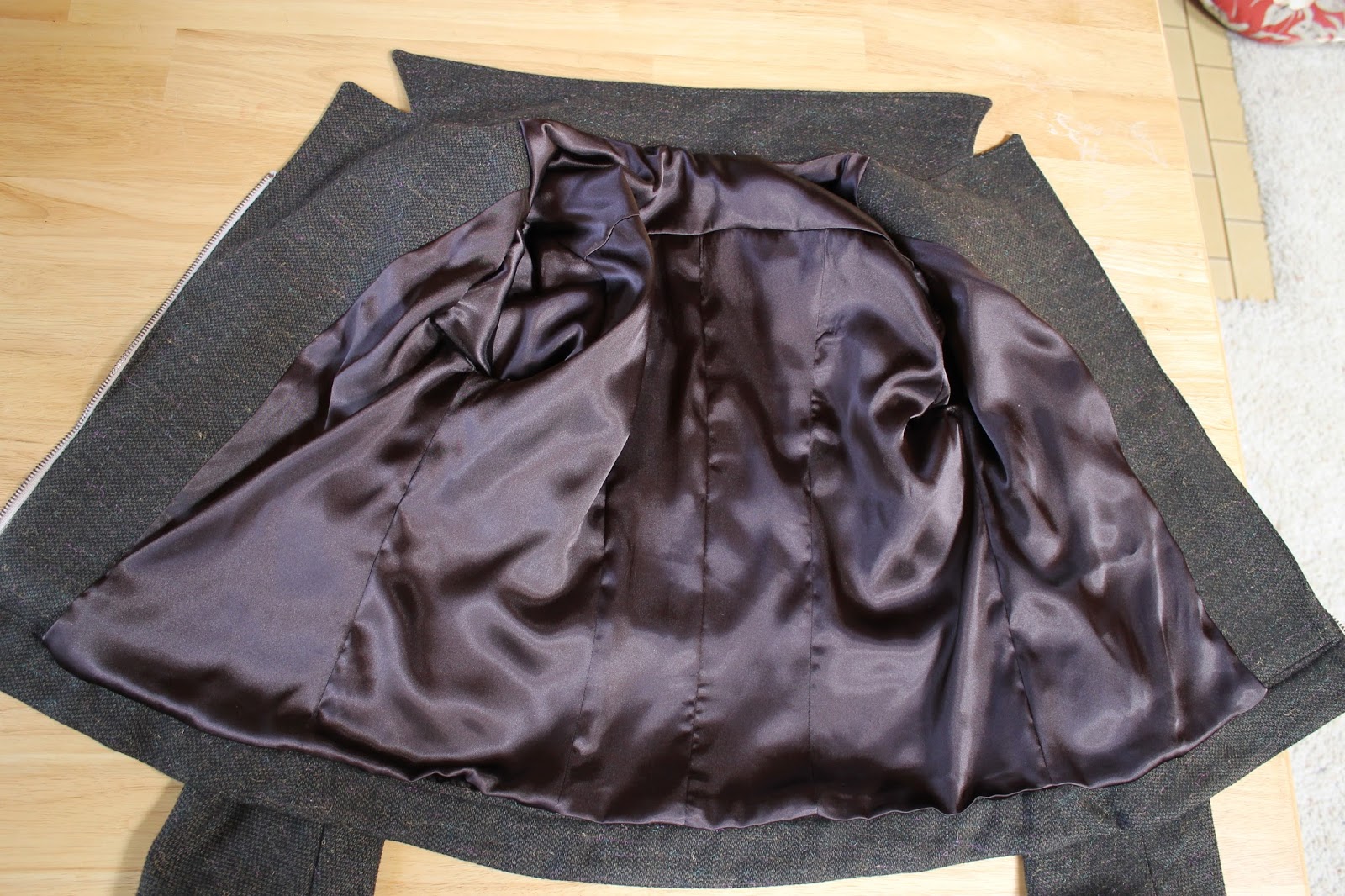Here is my show-and-tell on one of the best sewing pattern books I have discovered since Gertie and Colette's. It is mostly in japanese, so the title is a bit humorous--Fascinating Dresses from the Memorable 60s Movies. Subtitle, "Have You ever Wished to be Glamorous Like Them?"
I heard about this book from an entry in PatternReview.com and asked my brother in Japan to look for it. He found a used copy and sent it to me. He mentioned the pictures of the model in the book reminded him of old pictures of our mom. It's okay for someone to "regress" to fashions that were before one's time, right? But I sure think these would look amazing on young ladies.
Unfortunately, I do not read japanese, so I can only guess at what the captions and instructions say. Perhaps it's not so important anyway, especially since I am familiar with basic clothing construction.
These clothes are so cute! And it's delightful how they interpret the glamour of all these movie stars with this one Japanese model.
I love the cut of this raincoat styled after Catherine Deneuve, and the fresh minty color!
Here are 2 of the 4 Brigitte Bardot styles. I made the one on the right, which I'll show you in my next blog entry.
There are photos from old movies interspersed throughout the book, but go figure, the clothing designs are not really close to what the actresses are wearing in these photos.
Two of the Katherine Hepburn-inspired styles. She was famous for wearing drapey trousers, but these aren't offered as one of the patterns.
Here are instructions and diagrams for the Brigitte Bardot dress that I made. Fortunately the drawings are much better than the previous "style" drawings. They are actually very helpful. Notice the illustration that shows to interface the entire front and back of the bodice. That is because the bodice is cut on the bias in order to turn the gingham design diagonally. A more unique feature is the underarm gusset (not interfaced). There are two dresses in this book that feature this gusset. I really like the concept of it, but I wasn't happy with my execution. How to sew an acute angle onto an obtuse angle.
The layout diagram for Bardot dress. The dress has a lining, which I think is should be laid out straight rather than on the bias.
The pattern sheets are printed on top of each other with no seam allowances, as in Burdastyle.
There are only two sizes offered, M and L. I would use a 38 or 40 in Burdastyle, and I used the L.
More info:
ISBN 4-579-10691-1
author, Yukiko Ueno
copyright 1996 printed in Japan
 The feel of this chocolate-colored charmeuse is wonderful! Lining a jacket is so absolutely worth it.
The feel of this chocolate-colored charmeuse is wonderful! Lining a jacket is so absolutely worth it.
 The feel of this chocolate-colored charmeuse is wonderful! Lining a jacket is so absolutely worth it.
The feel of this chocolate-colored charmeuse is wonderful! Lining a jacket is so absolutely worth it.





























